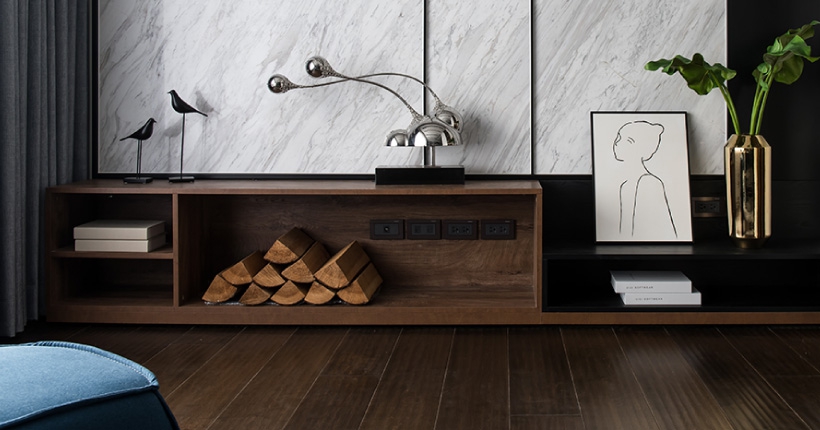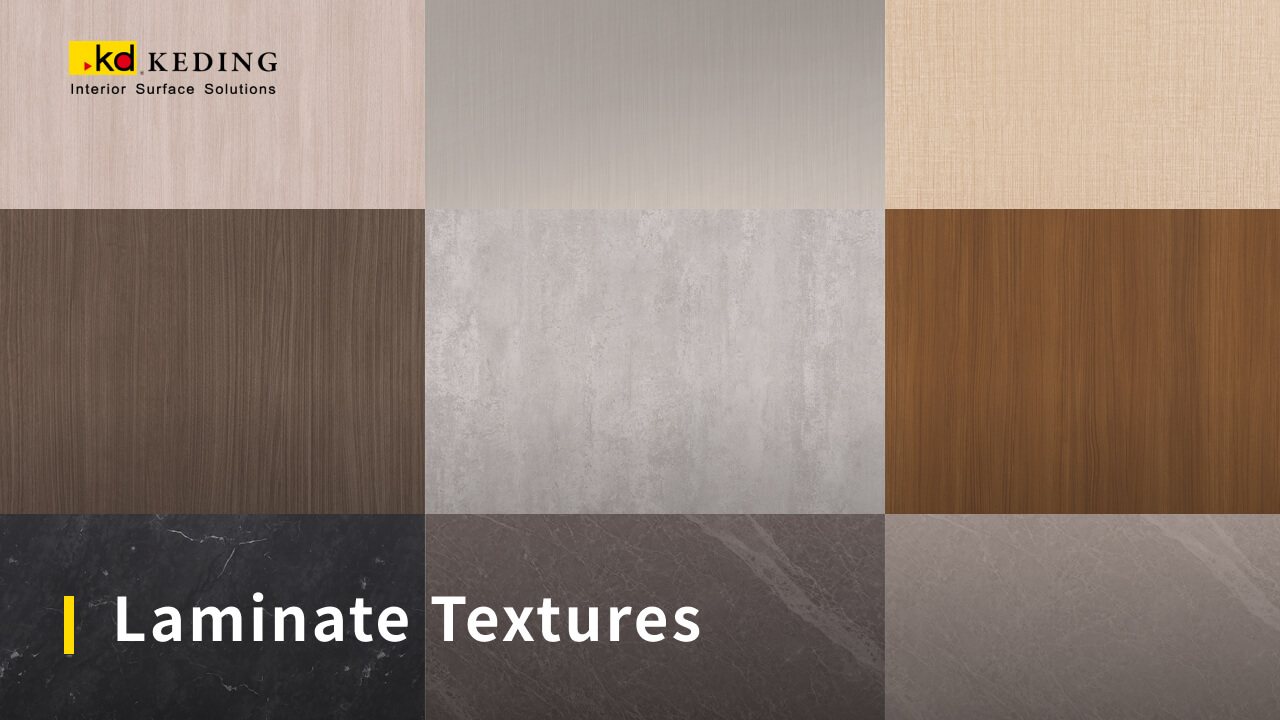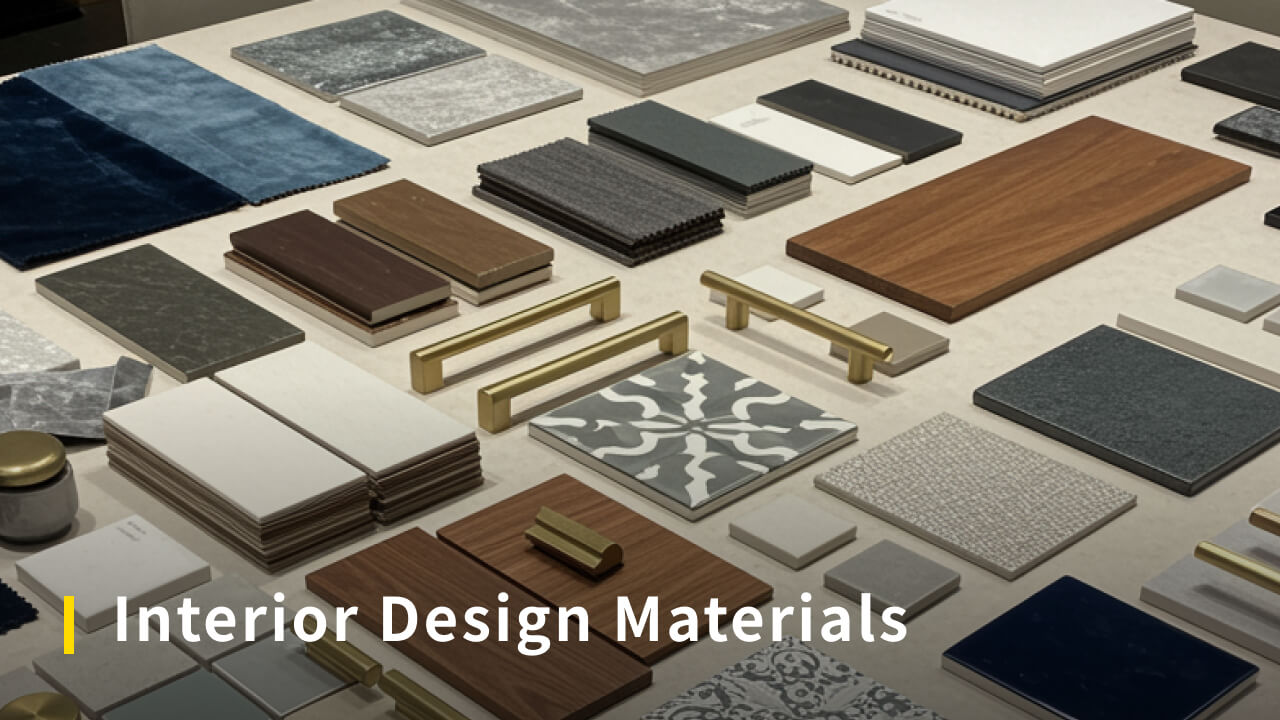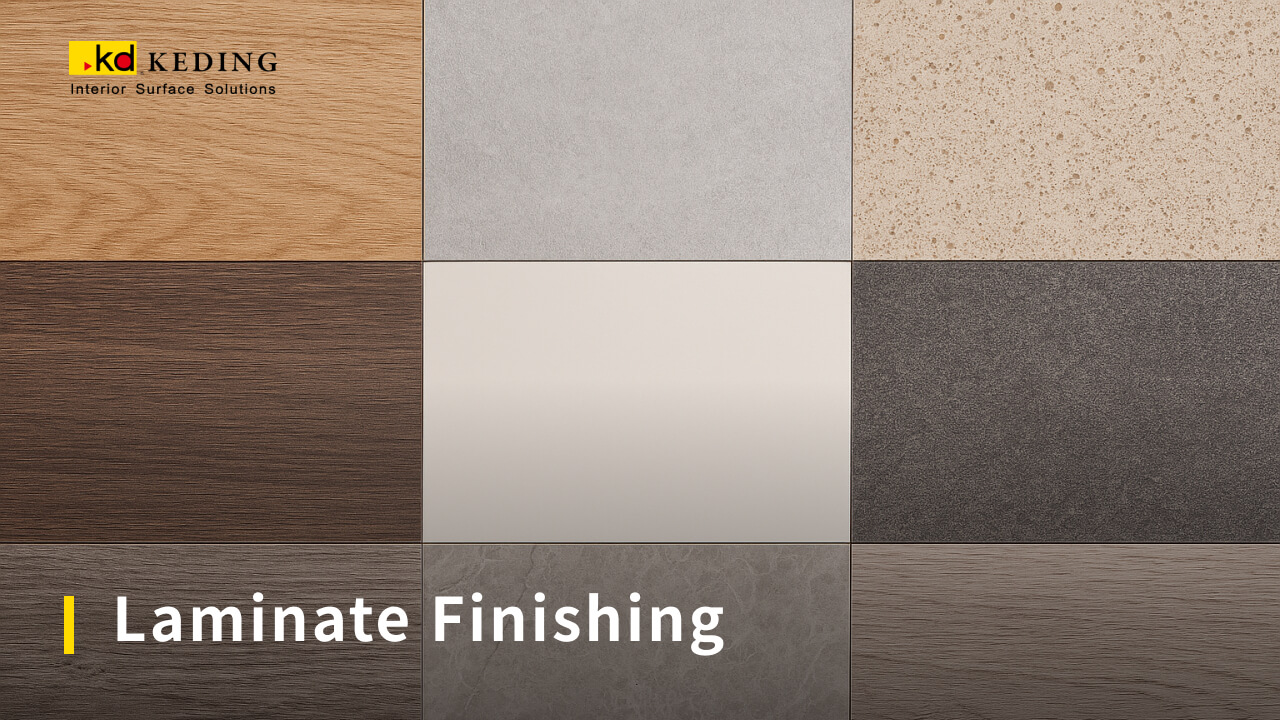Flooring is the building material that occupies the largest area of interiors, and it is also the element that interacts with the occupants the most. Wood floorings are used in many interior designs to create various aesthetic styles through different colors and substances. Wood floorings can enhance the warmth of the space, enrich visual layers, and let our feet feel the warm wood texture. I believe that after reading the previous article, you will have a better understanding of the type, space, environment, and material selection of wood floorings. The construction methods of hardwood floorings, in addition to material selection, plays an essential part in interior design. The process of wood flooring construction is affected by various ground conditions and situations. This article will show you what wood flooring construction method suits your home the most.
3 major construction methods of wood flooring

Staple down construction method
【Construction method】
• Lay the PE moisture-proof cloths on the ground.
• Lay the splints flat on the moisture-proof cloths and fasten them with steel nails.
• Nail the wood flooring panels to the splints.
• Finish with Silicone caulk or skirting.
[Advantages] Moisture resistance, good durability, spacious visual space, can compensate slightly uneven grounds, splint support reduces stepping noises, and reserved expansion joints to reduce thermal expansion and contraction.
[Disadvantages] There is a layer of splints between the flooring and the original ground, which elevates the floor slightly more than the straight laying approach.
[Applicable areas] The most common way of installing wooden floors. Suitable for flat grounds with a height difference less than 15mm, but could not be used on too uneven grounds.

Glue down construction method
【Construction method】
• Lay the EVA noise insulation mats on the ground.
• Lay the wood flooring panels on top of the EVA silent mats.
• Finish with Silicone caulk or skirting.
[Advantages] Low price, fast construction, low elevation from the ground, no stepping noises.
[Disadvantages] It sticks directly to the ground and is easily affected by thermal expansion and contraction, which makes the wood flooring bulge prone.
[Applicable areas] It is suitable for spaces where the original floor must be protected, such as marble floors. It is not suitable for uneven grounds.

Floating construction method
【Construction method】
• Lay the PE moisture-proof cloths on the ground.
• Fix the angle section on the PE moisture-proof cloth.
• Fasten the splints to the angle section.
• Nail the wood flooring panels to the splints.
• Finish with Silicone caulk or skirting.
[Advantages] Good moisture resistance, can compensate uneven and cracked grounds, reserved expansion joints to reduce thermal expansion and contraction, and extra storage space under the flooring.
[Disadvantages] High price, long construction time, and the hollow space between the wood and the ground is supported by angle sections, which tends to amplify stepping noises.
[Applicable areas] Suitable for spaces with high ceilings, uneven grounds, spaces with height differences, and spaces with storage space requirements.
►Engineered Wood Flooring Alignment
Comparison of three wood flooring construction methods
| Advantages | Disadvantages | Applicable ground | |
| Staple down installation method |
■ Good moisture resistance ■ Less prone to stomping sound ■ Reduce thermal expansion and contraction ■ Emphasizes spaciousness |
■ Compared to the glue down installation method, ■ there is an extra layer of splint with the original ground,resulting in a height difference |
■ This method is most commonly used ■ Suitable for flat floors with a height difference of less than 15mm |
| Glue down installation method |
■ Low price ■ Fast construction ■ No stomping sound |
■ Affected by thermal expansion and contraction ■ 2Prone to bulging |
■ Suitable for flat ground such as marble and where theoriginal floor must be protected |
| Floating installation method |
■ Good moisture resistance ■ Retouch uneven floors ■ Reduce thermal expansion and contraction ■ Increased storage space under the ground |
■ High price ■ Long construction time ■ Prone to stomping sound |
■ Suitable for high space, uneven ground, space with height difference, and has storage space requirements. |
Conclusion
Wood floorings are constructed in a variety of ways depending on the type of wood and the requirements. The most common flooring construction methods for engineered floorings, which is tailored for Taiwan’s humid environment are the “staple down installation method” and “floating installation method.” If you are not sure which flooring construction method to use, consider if the area has to be leveled, whether there are visible pipes, the required height reservation for the space, and your personal demands (If the reserved height is 27mm~30mm, the Staple down installation method can be used). Choosing the right wood flooring construction method maximizes the wood floorings’ endurance while enhancing the aesthetics of the space.
KD wood floorings are all engineered floorings processed with our exclusive coating technology which prevents vapor penetration and improves moisture resistance. Its multi-structural board design increases durability while reducing problems such as panel deformation and bulging. Our KD Floorings are also certified with the Green Building Material Verification to protect the consumers’ health. KD provides thorough high-quality management, from product quality, construction, to post-completion inspection. We are committed to providing first-class services and product quality.




